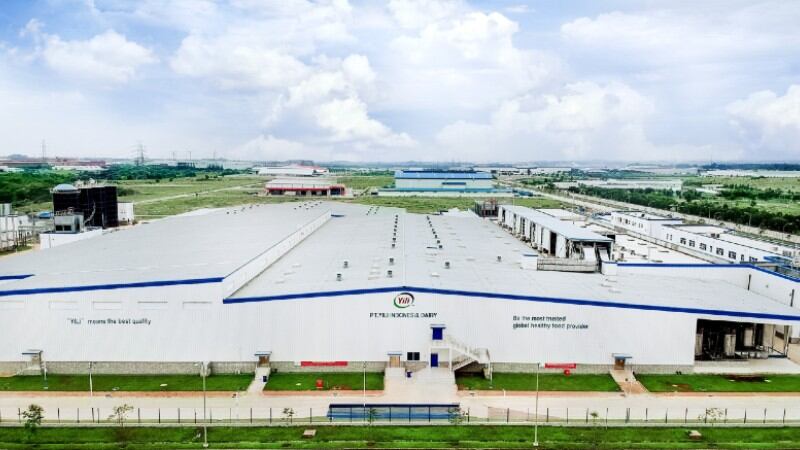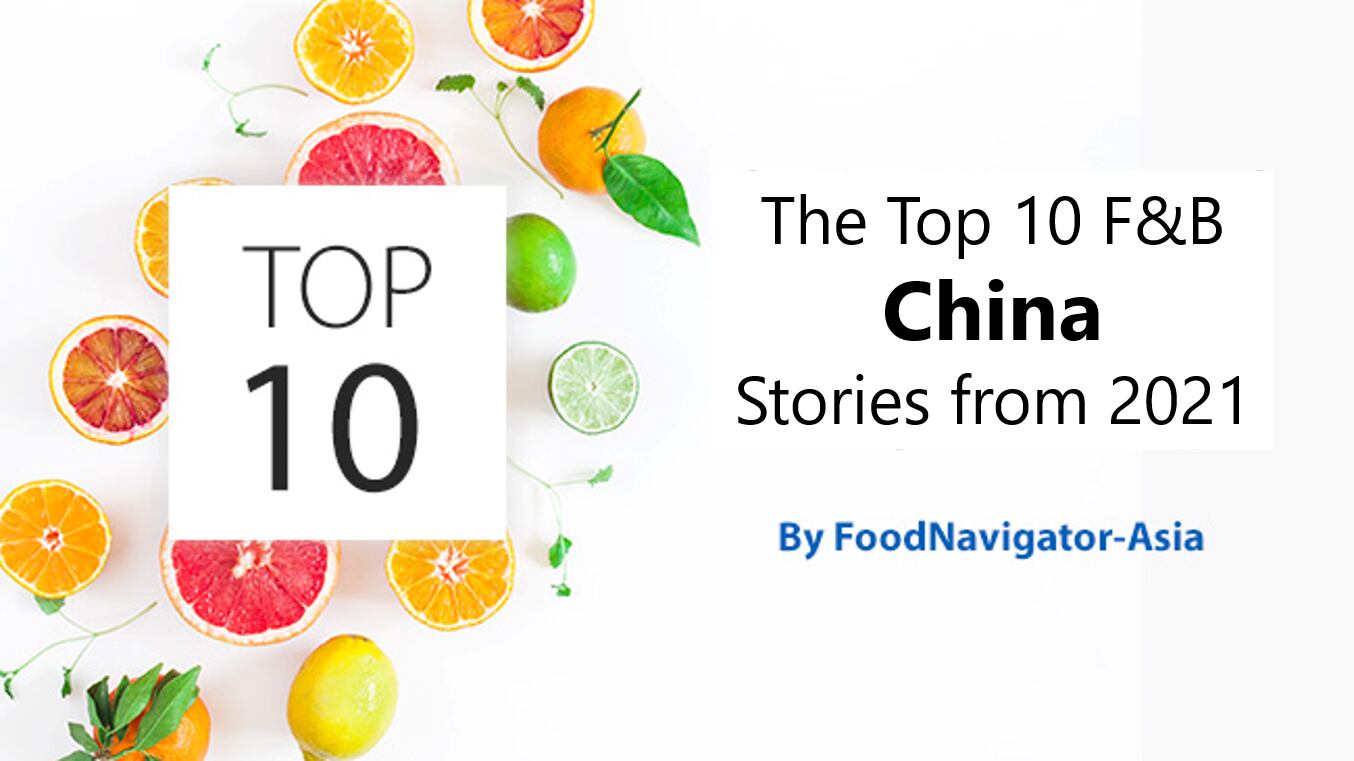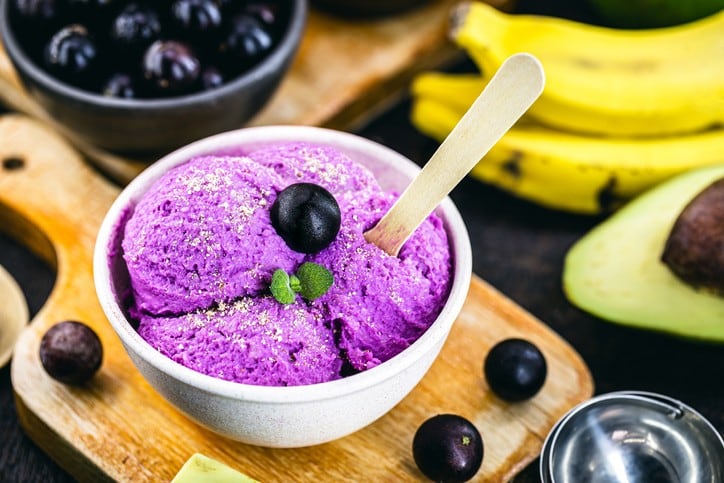Yili has achieved phenomenal success in China with both its traditional (fresh milk, milk powders) and modernised (yoghurt drinks, new age ice creams) dairy products, and the dairy heavyweight is now looking to replicate that success in the South East Asian region.
Apart from its recently-launched ice cream plant in Indonesia, the firm also purchased Thailand’s largest domestic ice cream manufacturer Chomthana for US$80.56mn, together establishing what Yili calls its ‘dual centres’ in South East Asia.
“These dual centres are meant for us to expand directly into the region and enhance our capabilities to serve and respond to local markets – the two plants will develop and produce localised and differentiated products to cater to the needs of local consumers, e.g. Cremo brand ice cream in Thailand and Joyday brand ice cream in Indonesia which is Yili’s first international ice cream brand,” Yili Assistant President Dr Yun Zhanyou told FoodNavigator-Asia.
“We have invested CNY867mn (US$136.6mn) in the first phase of the Indonesian factory – its first and second launch phases are expected to have a daily production capacity of 159 tons and 184 tons. By the end of the second phase, it will be able to produce four million ice cream units daily.
“In addition, products from the Indonesian factory will also be exported to Singapore, Thailand, Myanmar, and other neighbouring South East Asian countries.”
Based on this latest investment, Yili has established its commitment to developing in South East Asia by becoming the largest Asian dairy investor in the ASEAN region.
“When both bases are complete, not only Yili ice cream but also milk, cheese and other products will be made available all throughout South East Asian markets,” added Dr Yun.
“This region is a very major section of our global layout, and we will continue to implement more investment here.”
He added that a key strategy to maximising reach in ASEAN markets is to understand local consumers and their preferences, which differ widely between different countries yet still hold some points of similarity.
“It is hugely important to accurately identify the needs of local consumers – For instance, traditionally consumers living in the hot ASEAN region prefer products with rich and sweet tastes that stimulate their appetites,” said Dr Yun.
“ASEAN consumers also tend to add ingredients such as traditional spices, fruits and chocolates to further enrich the flavour [and we need to innovate accordingly]. Choice is also important and currently we have introduced more than 20 products under the Joyday brand, which focuses on developing localised products with rich textures and future priorities include better chocolate products and launching at least six new products yearly.
“[The needs here are slightly different from our home base in China where] the upgrading of the consumer market has led to a boom in new dairy categories, products, and business models - Today, China’s dairy consumers are devoting increasing attention to functionality and innovation, as well as brand concepts and values.”
Drawn to the region
One of the major draws of South East Asia for Yili is in the vast market opportunities that the region offers, being home to some of the fastest-growing populations in the world.
“There are over 650 million people in South East Asia, 1.5 times more than the E.U. and twice the size of the U.S. population. The strong momentum behind the region’s emerging markets and rapid urbanisation have led to increasingly higher living standards for local residents, [constituting] a promising market,” said Dr Yun.
“Take Indonesia for example - As the world’s fourth-most populous country, it has a broad consumer market but the country’s current per capita annual milk consumption is just 16.9kg, lower than that of other ASEAN countries. This means that the domestic market has major growth potential.
“ASEAN also has a good level of consumer awareness with regard to dairy, for example Thailand where the government has been actively promoting dairy consumption for decades and launched initiatives to encourage milk consumption in schools. The country has seen a dairy market boom in recent years.
“Another important factor here is the growing number of middle class consumers, higher disposable household incomes, and increasing health consciousness among local consumers, leading to dairy consumption in South East Asia being on the rise.
Dr Yun also highlighted nutritional values, healthy and high-quality raw materials, and sustainable packaging as factors which South East Asian consumers are attaching increasing importance to.
“Although the pandemic has slowed down global economic growth, we are looking forward to the prospect of South East Asia restoring local economies as quickly as possible,” he said.





